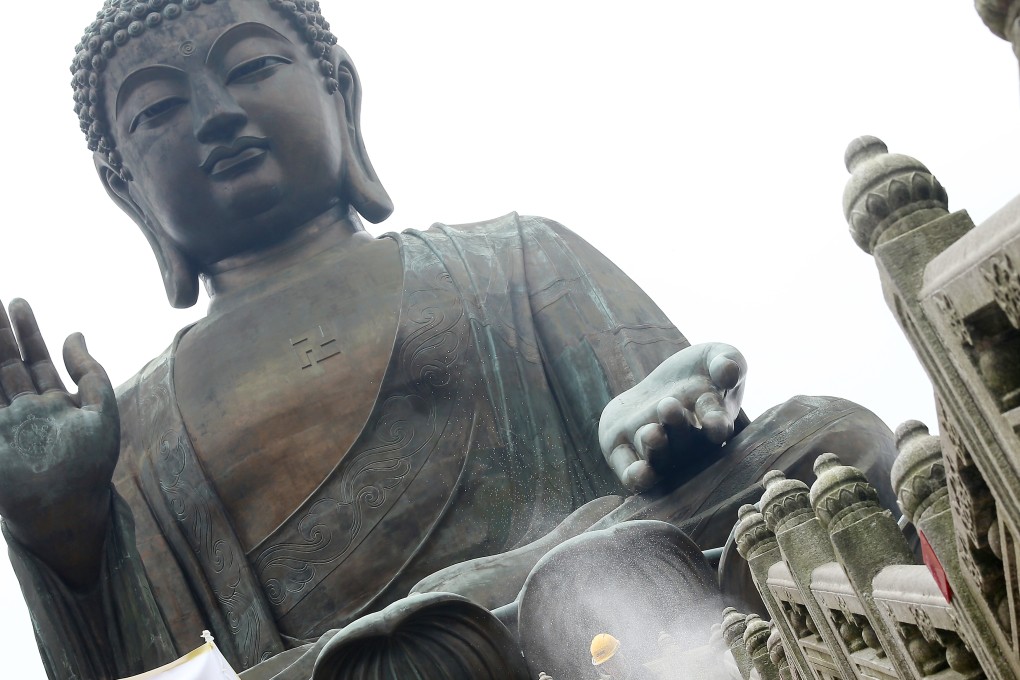Development plans for Lantau include experimental modes of transport and boosting green tourism

An official report on the proposed development of Lantau will be submitted to the chief executive by the end of the year, with a public consultation lined up for early next year, the secretary for development said yesterday.
Eleven sites were identified as major recreation and tourism areas, while three others could be "additional places of interests", Paul Chan Mo-po said, giving a preview of what to expect.
"I must point out these suggestions are just early ideas; further technical tests and financial estimations are needed to determine their feasibility," he said.
"We will make an overall plan, then set short-term, mid-term and long-term development plans and a timetable."
Chan outlined the development plans after the sixth meeting of the Lantau development advisory committee.
The plans split the island into four major areas: a northern Lantau corridor for economic and housing developments; a northeastern node for tourism, formed by reclaiming land at Sunny Bay and extending Hong Kong Disneyland; a metropolis in the east with a core business district; and the predominant part of Lantau, to be set aside for conservation, cultural and green tourism.